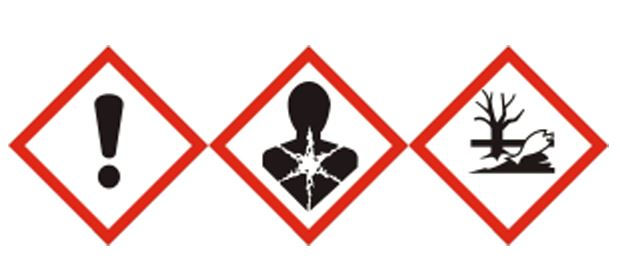Close Look at Covid-19 Antibody Mechanism
- Terry Clayton

- Nov 15, 2020
- 3 min read
Updated: Feb 10, 2023
It is believed that ground zero for the SARS-CoV-2 virus is a fish market in the city of Wuhan, Hubei province, China. Here the virus made the jump from animals to humans.
Located around 20 miles away is the Wuhan Institute of Virology. There are reports and allegations that the proximity of the lab to ground zero is not a coincidence. In February, 2020 the institute released the complete genome for the virus made up of 29,903 nucleotides, which although helpful, fueled suspicion of an "accident".

What does the virus look like?
An impressive collection of images has been captured at NIAD Integrated Research Facility, where scientists work on prevention and treatment of human diseases.

The image above is a color-enhanced scanning electron micrograph showing SARS-CoV-2 emerging from cells cultured in a lab. Below is the best (color enhanced) transmission electron micrograph of SARS-Cov-2 I could locate.

Key anatomical features are seen in the illustration below. The virus particles are between 80-120nm in size. An attribute scientists are focused on is the Spike(S) protein. It performs a critical function in infection and spread of the virus.

Like the previous SARS virus, when CoV-2 enters the body the target organ is the lungs. Here the virus multiplies causing pneumonia like conditions among other symptoms in at-risk populations. But it can also infect and be carried to other organs by immune cells circulating the body.
How does the virus enter a human cell?
The surface of the virus is covered with what are called Spike(S) proteins. The virus spike protein bind to another protein found on the surface of some human cells called Angiotensin converting enzymes 2 (ACE2). Binding to ACE2 receptor facilitates membrane fusion and the virus dumps its viral genome into the cell for expression. Recall the image above of virus particles emerging from a cell. As mentioned previously, the target organ is the lungs, however, all cell tissues which express the ACE2 protein can be targets. Here is summary of tissues where the ACE2 protein can be found.

One might have feelings of doom when realizing the ACE2 protein is found in so many tissues. However, that is where things start getting exciting. We are starting to understand the etiology and pathogenesis of the virus. Deep understanding of a problem is the first step towards designing impactful solutions or in this case.....a vaccine #Covid19Vaccine.
The illustration below summarizes how the virus enters a cell and multiplies. This is critical for infection and spread of the virus.

Virus attaches to surface of cell via Spike protein binding to the ACE2 protein.
Genetic material transferred to cell as cell following fusion of cell and virus membrane.
Cellular machinery replicate viral genome and virus proteins.
Virus parts are assembled and emerge from cell to infect other cells and repeat the process.
If we block binding of Spike protein to ACE2 protein, we can stop the virus.
That is what has been found in those who recover from Covid-19. If our bodies create an antibody that binds to the spike protein and blocks its ability to bind to the ACE2 protein, we stop the ability of the virus to replicate.
Bamlanivimab, originally called LY-CoV555, was one of the first antibodies discovered in a U.S. patient who recovered from the virus. Sure enough, the antibody targets the receptor-binding domain (RBD) of the SARS-CoV-2 viral spike protein. Again, this is the main structure the virus uses to infect host cells. Here is a model of the spike protein (antigen) to which LY-CoV555 (green) binds. Only the antigen binding fragment (fab) of LY-CoV555 is shown. After the antibody binds to it, the virus can no longer bind to the ACE2 protein, thus it cannot membrane fuse with cell.

Eli Lilly has developed a monoclonal antibody vaccine based off of a survivors blood sample. To learn more click here.
Pfizer and Moderna are very close to mRNA vaccines. Read more on Pfizers' mRNA vaccine here.
Computational chemistry and molecular modeling is the in silico field of study allowing researchers to model pharmaceutical actives and predict structure-activity relationships using powerful computers. It compliments high throughput compound screening and helps us to understand underlying mechanism in ligand-substrate interactions.
While in graduate school, I developed a 3D binding site (pharmacophore) of the GABA pentameric protein and binding site. I used this model to develop new pharmaceutical actives with selective activity on the central nervous system. Many of the same tools have been used to illustrate and understand Covid-19 and how antibodies can neutralize SARS-CoV-2. For deep dive on molecular modeling of target protein substrates and ligands, see part I of my dissertation.
-Updated March 12, 2021






Comments